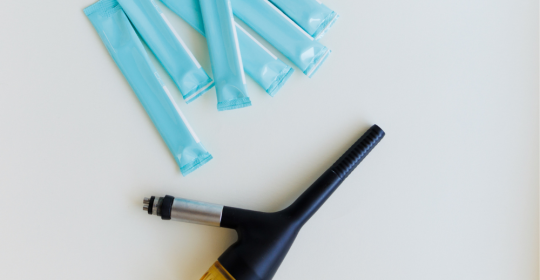
Bio-Active Restorative Materials and Their Clinical Benefits
Bio-Active Restorative Materials (BARMs) represent an innovative advancement in dental technology, offering a new dimension in restorative dentistry. Comprised of bioactive components, these materials are designed to interact with the oral environment, promoting healing and remineralization while providing robust clinical applications. In Australia, BARMs have been gaining traction for their versatility and significant clinical benefits across various dental procedures.
The unique composition of BARMs distinguishes them from conventional restorative materials. These materials typically contain bioactive elements like calcium, phosphate, and fluoride, which mimic the natural minerals found in teeth. This distinctive composition enables BARMs to release ions that encourage remineralization, promoting the repair of damaged tooth structure and potentially reducing the risk of secondary decay.
One of the primary clinical applications of BARMs in Australia lies in dental fillings. These materials offer excellent adaptability and bond strength to tooth structures, allowing for durable and biocompatible restorations. BARMs’ ability to release beneficial ions helps in combating bacterial activity and promoting a healthier oral environment within the filling.
Additionally, BARMs are useful in dental sealants, where their bioactive properties contribute to enhanced protection against decay. Sealants made from these materials not only provide a physical barrier but also actively work to strengthen tooth enamel and prevent cavities by releasing ions that encourage remineralization.
Another notable use of BARMs in Australia is in the creation of dental crowns. These restorations benefit from the bioactive nature of the material, promoting a more natural interaction between the crown and the underlying tooth structure. BARMs aid in maintaining the integrity of the surrounding tooth, reducing the risk of recurrent decay, and potentially extending the lifespan of the restoration.
The clinical advantages of Bio-Active Restorative Materials make them an appealing choice for dental practitioners seeking innovative and effective restorative solutions in Australia. Their ability to support tooth structure, encourage remineralization, and contribute to a healthier oral environment showcases their potential in elevating the standard of dental care, providing patients with durable, bioactive, and functional restorations for improved oral health outcomes. To discuss how this dental innovation might support you, contact your friendly local Karana Downs dentist to book an appointment now.
Leave a reply →






Most Commented